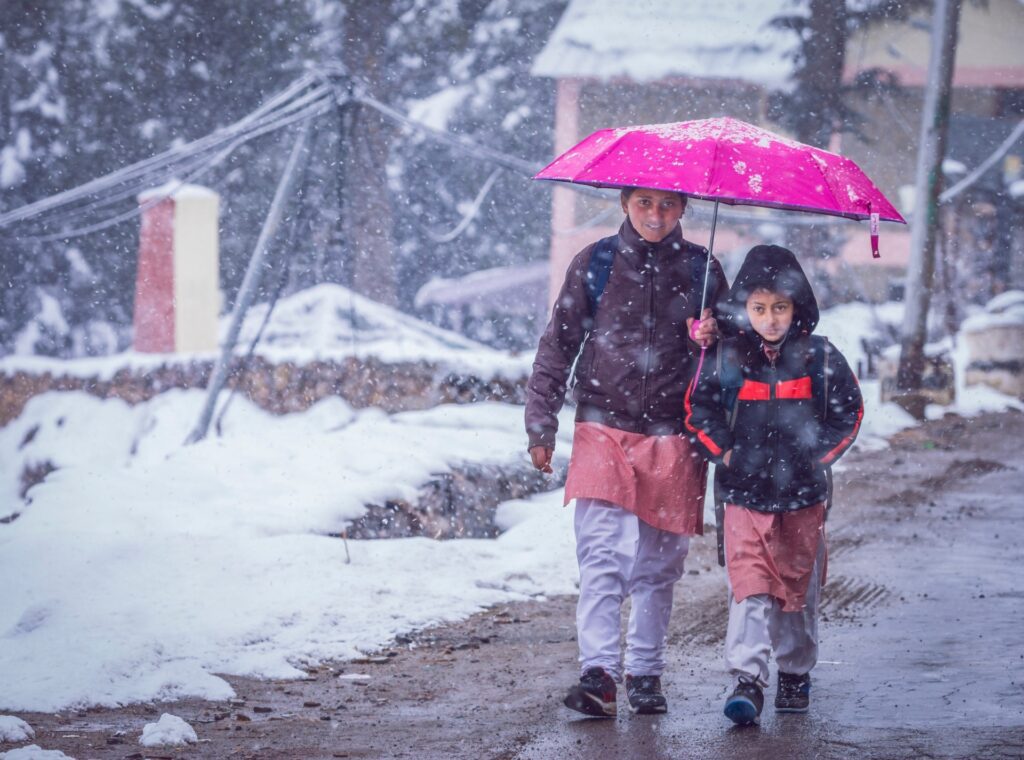Disclaimer – The information in this blog is not intended or implied to be a substitute for professional medical advice, diagnosis, or treatment. All Content including text & images contained is for general information purposes only. Ceragem makes no representation and assumes no responsibility for the accuracy of the information. Source- This content is taken from Dr. Ashish Kumar Shrivastava, Senior Consultant Neurosurgeon video. This is totally Dr. Ashish’s general health tip. In case of serious injury, kindly consult the representative expert or physician.
India is a vast country with a great variety in all spheres. From the geographical terrain to people, languages, cuisine, cultural practices, and is proud to have followers of almost all religions in the world.

The geographical terrain ranges from the snow-clad mountains of the Himalayas to the Thar Desert, the southern peninsula surrounded by the Indian Ocean, the Arabian Sea, and the Bay of Bengal. By and large, the southern parts of India have a hot to a moderate climate with rains and the western parts are dry and hot. It is the northern, central, and eastern parts that have extremes of weather – hot/cold/rainy and wide variations.

Usually, the winters are shorter than summers. But the short winters, including the changing from one season to the other, incite a lot of diseases in people. Acclimatization to longer summers and poverty adds to the misery during winters and its bitter cold conditions. The elderly and people with existing diseases are prone to worsening of health in this period.
Reduced activity, shorter daytime with its sunlight, and longer, colder nights, take a toll on health. This season is naturally associated with depression, hence the old term “Winter Blues”.
The body’s defence, the immune system, is also not at its best in this season. Research reveals that the immune system‘s efficiency improves significantly in warm conditions – even a temperature rise of 1 degree Celsius in the body, may improve it by almost 70%. It then stands to reason that the body temperatures be carefully maintained by everyone, especially so in people at higher risk.
How to maintain body temperature in winters?
External means of keeping warm include warm clothes, the heat sources in the surroundings (fire, heaters, etc).
Body temperature is also maintained by internal means. Measures to improve blood circulation will lead to warmth.
Regular exercise improves blood circulation and increases warmth. Exercise is a powerful mood elevator and relaxant.

Food provides the fuel for keeping the body warm. When the food reaches the intestines, blood circulation is diverted to the internal organs to digest it. The rest of the body’s circulation falls by a small amount. Therefore, do not take very heavy meals which take longer to digest and make the outer part of the body colder and make one lethargic. Slower energy-releasing foods with a higher content of proteins are better than carbohydrates.
We all like hot food and drinks like tea/coffee/soup during winters. They provide warmth and also are psychologically associated with a feeling of well-being.

Our body loses heat from the exposed areas. The head, neck and face, hands, and feet, though smaller than the trunk, have a large surface area. These lose heat significantly.
If covered properly and adequately, body temperature will be preserved better.
